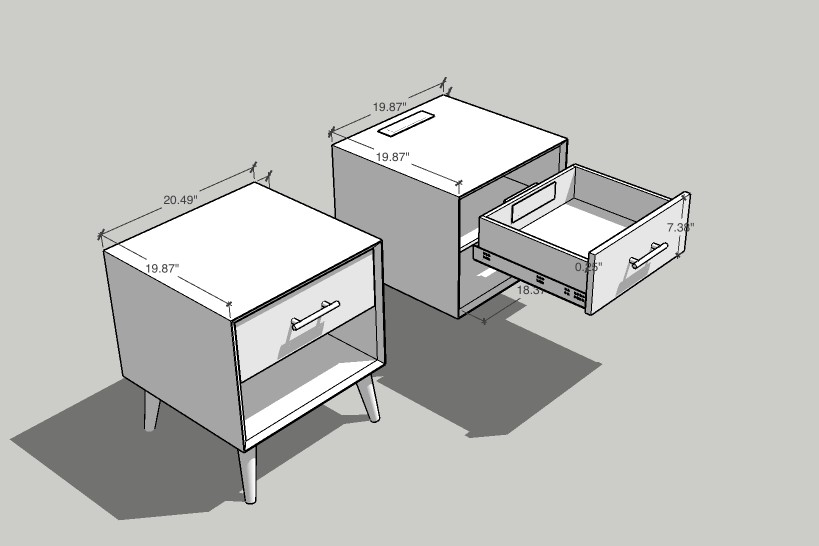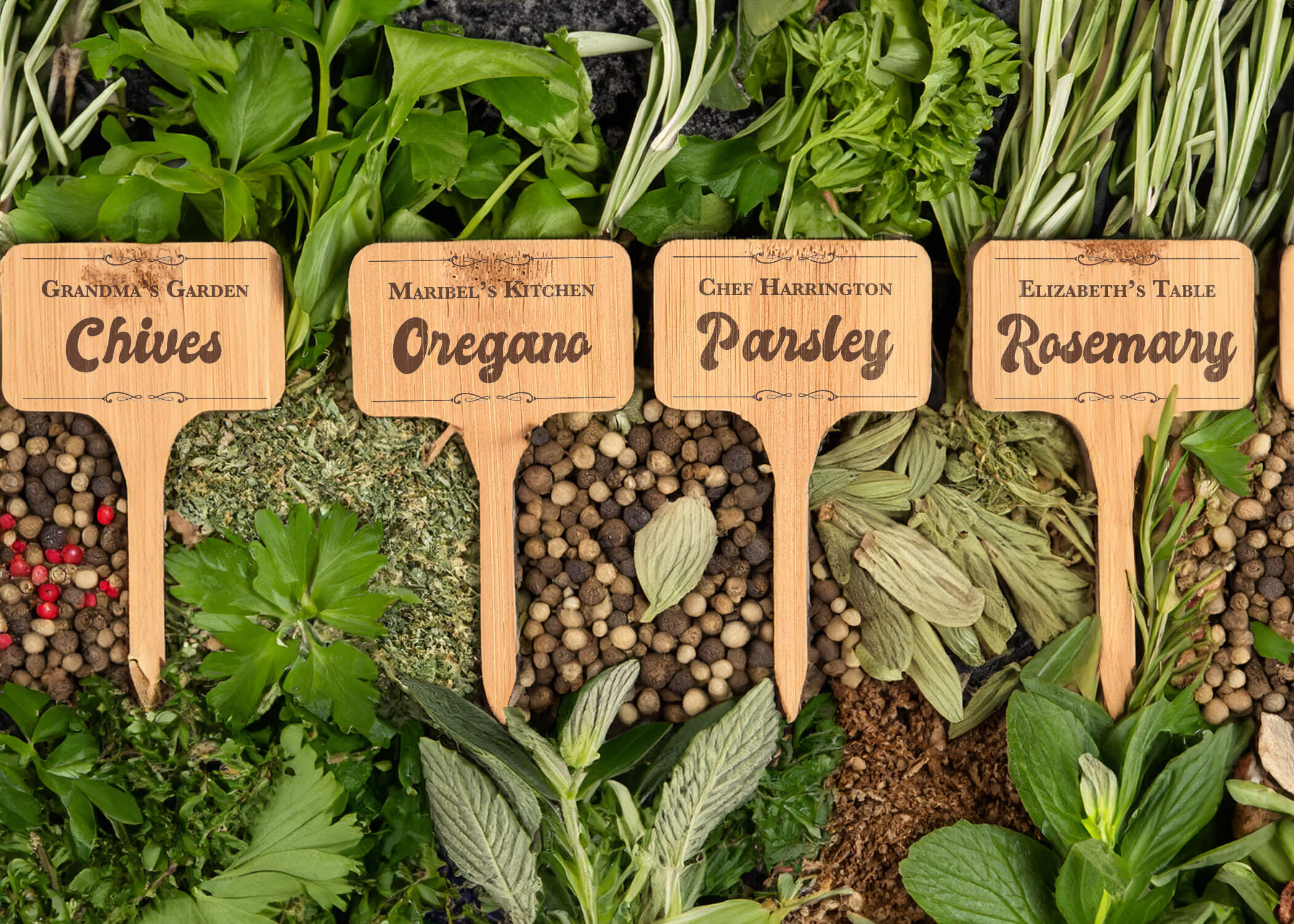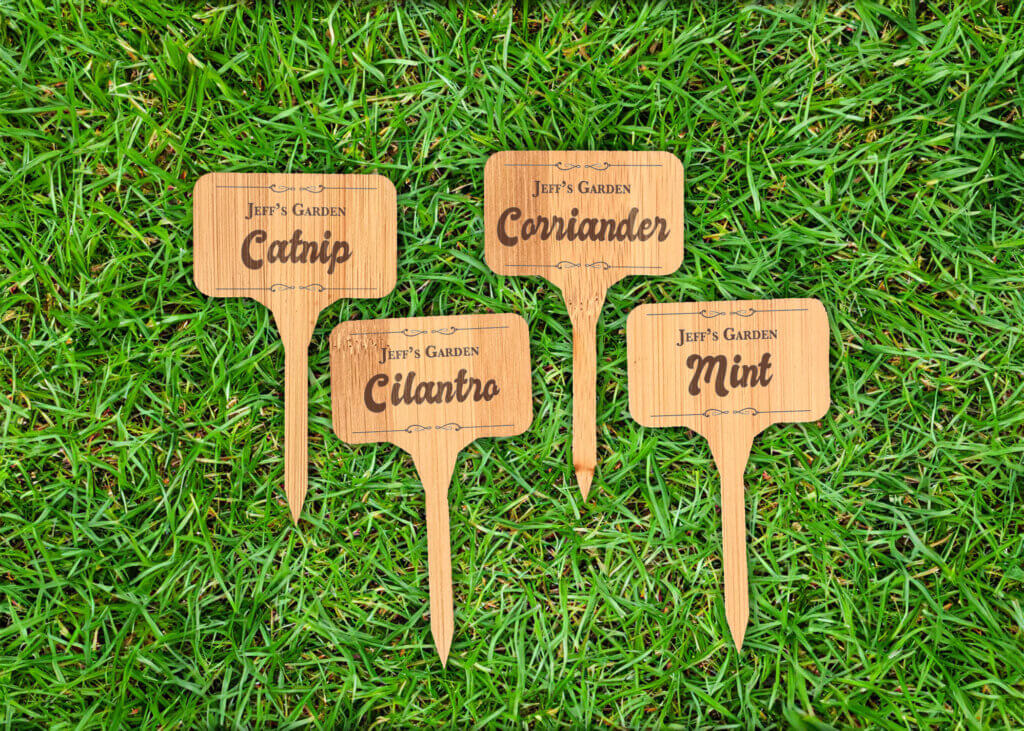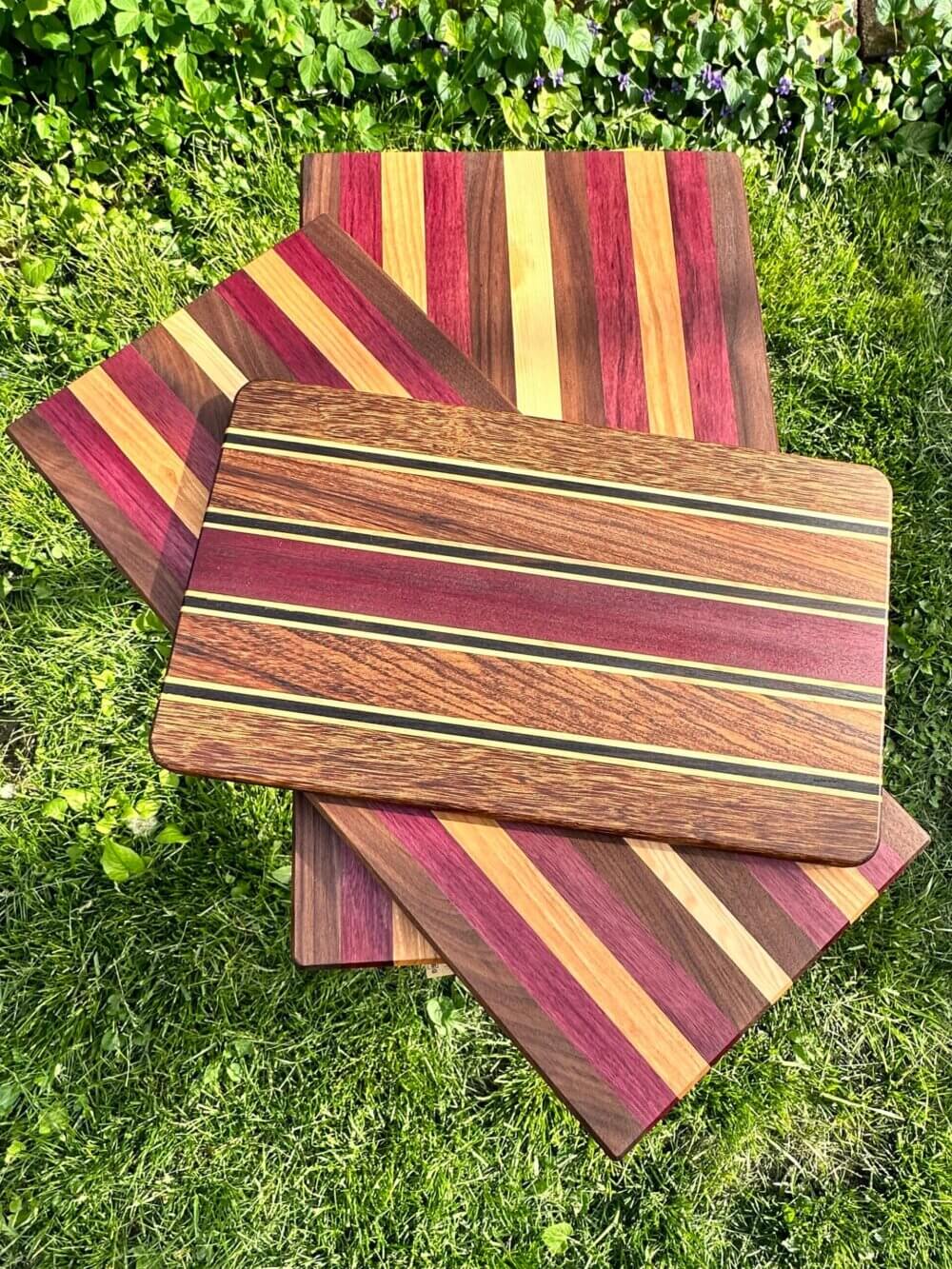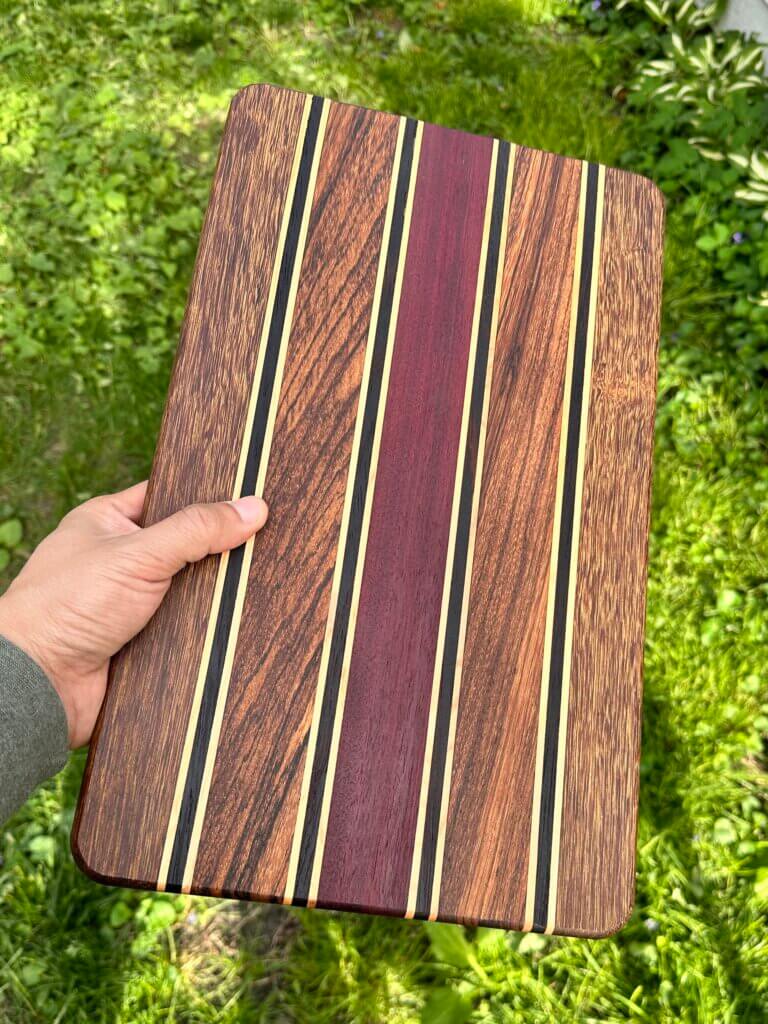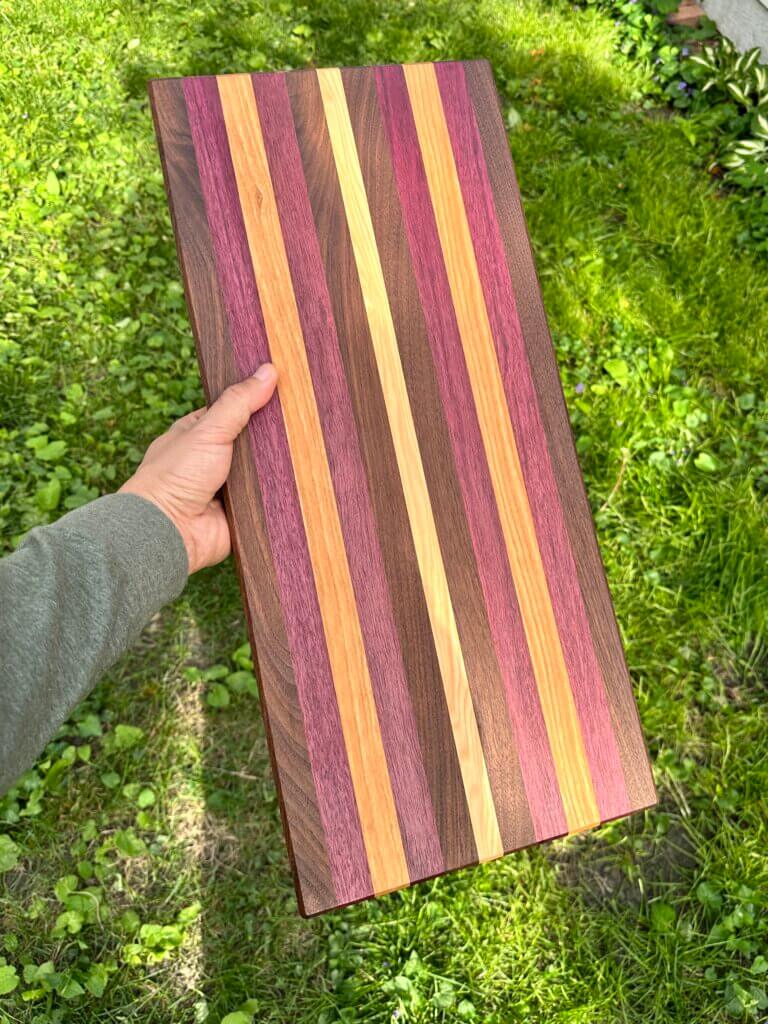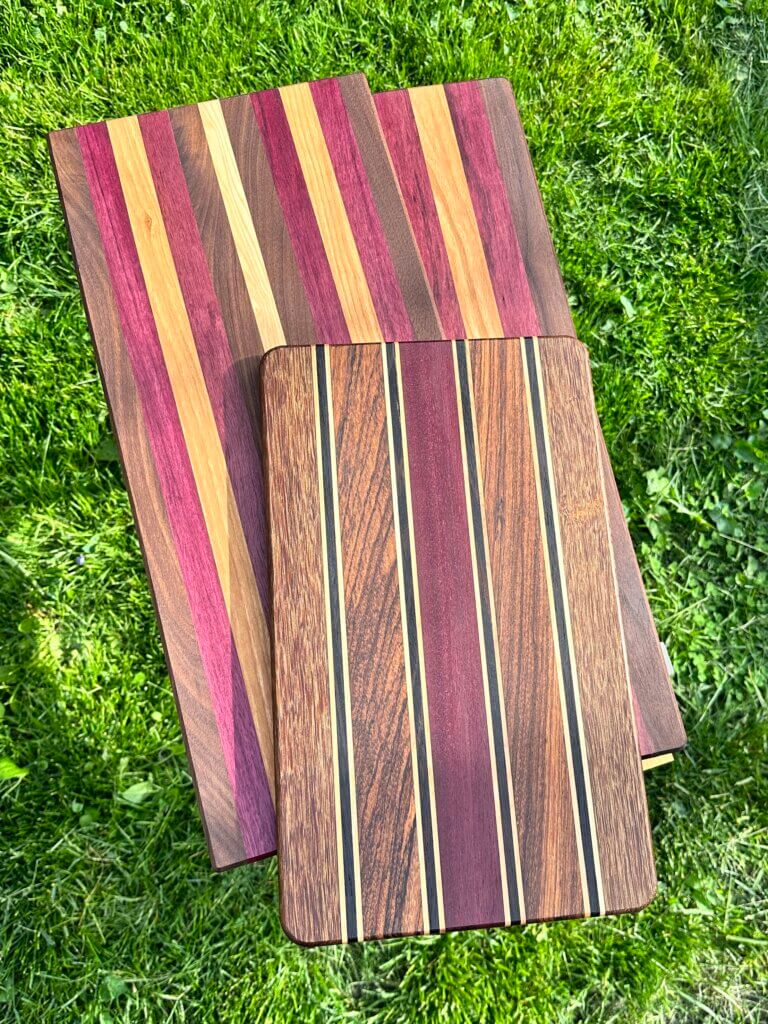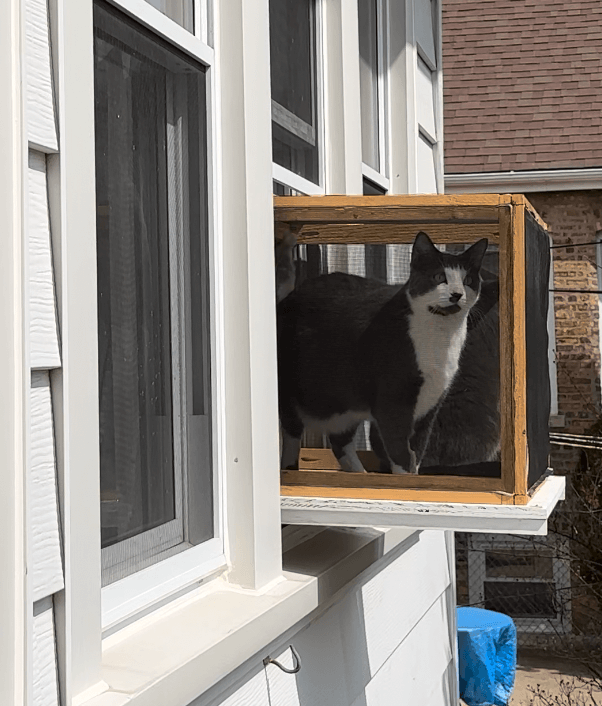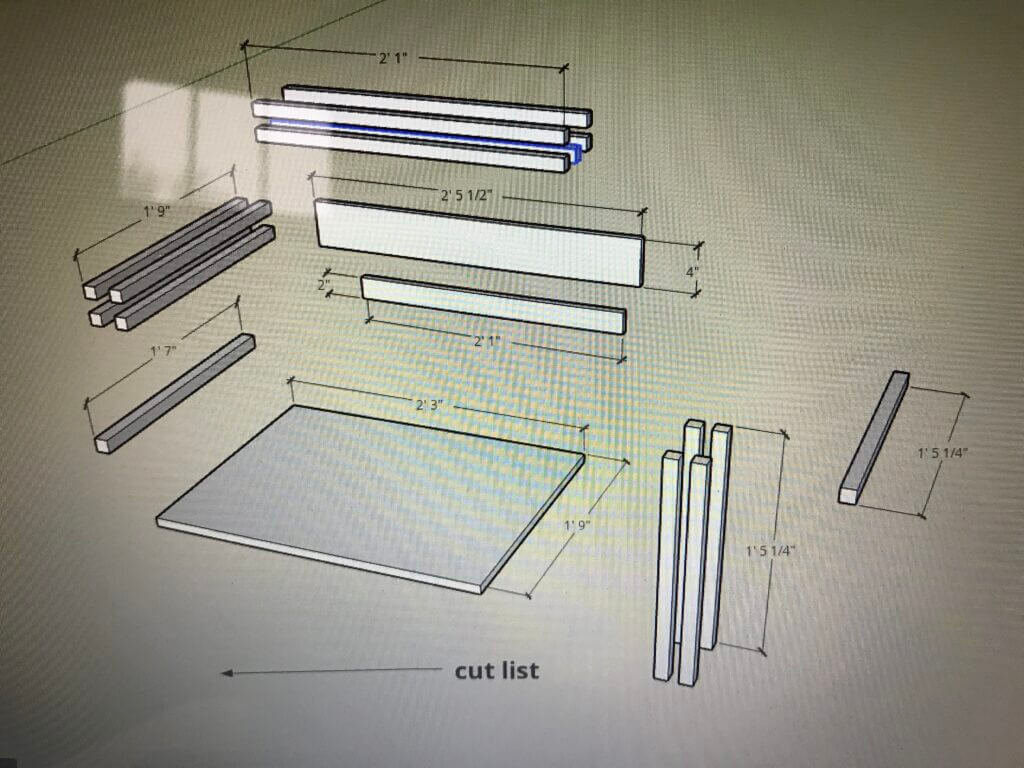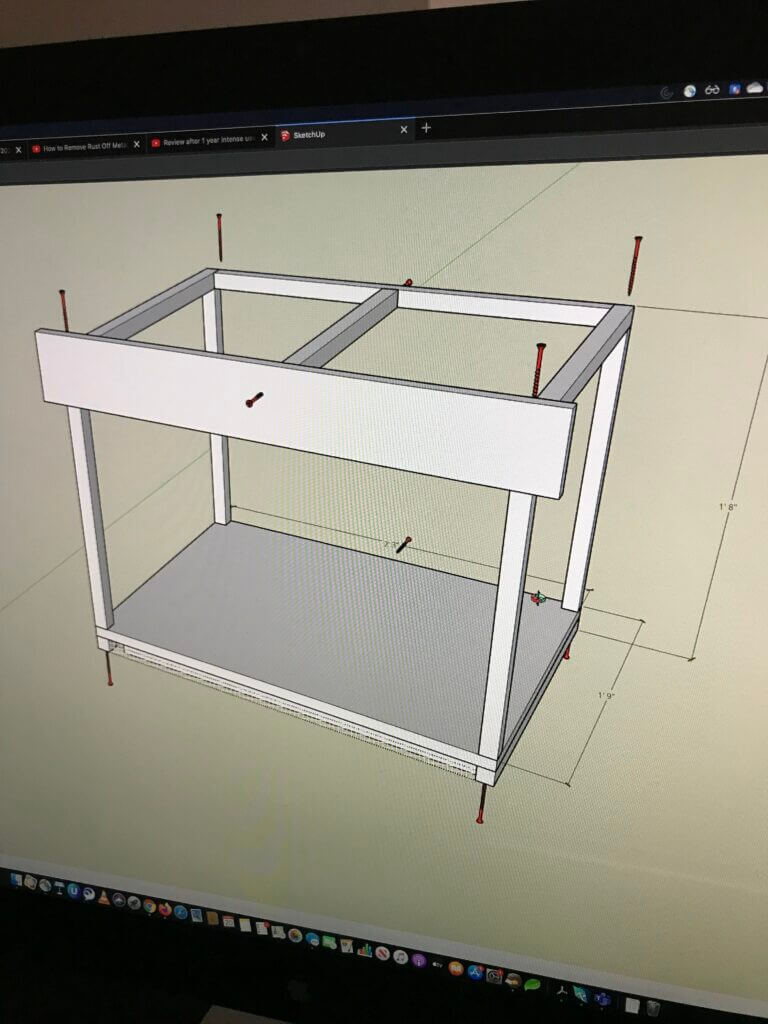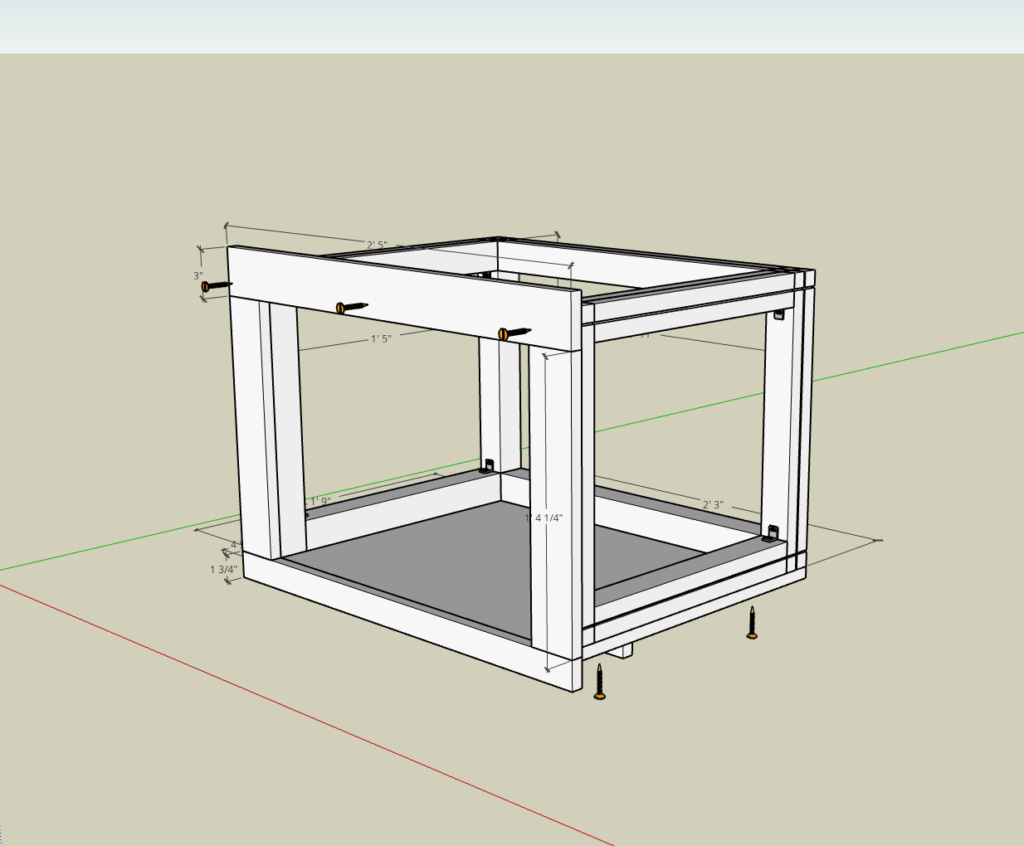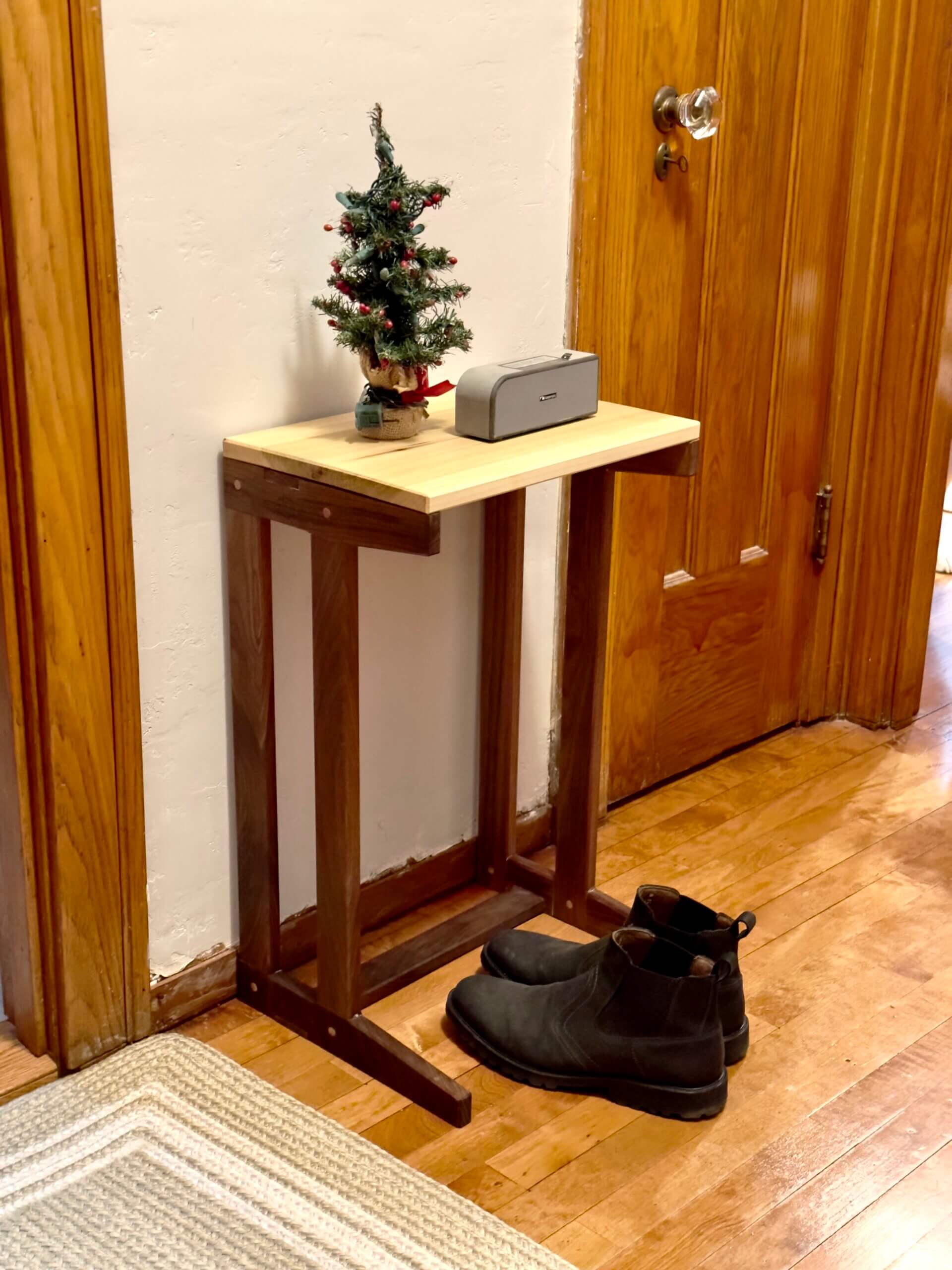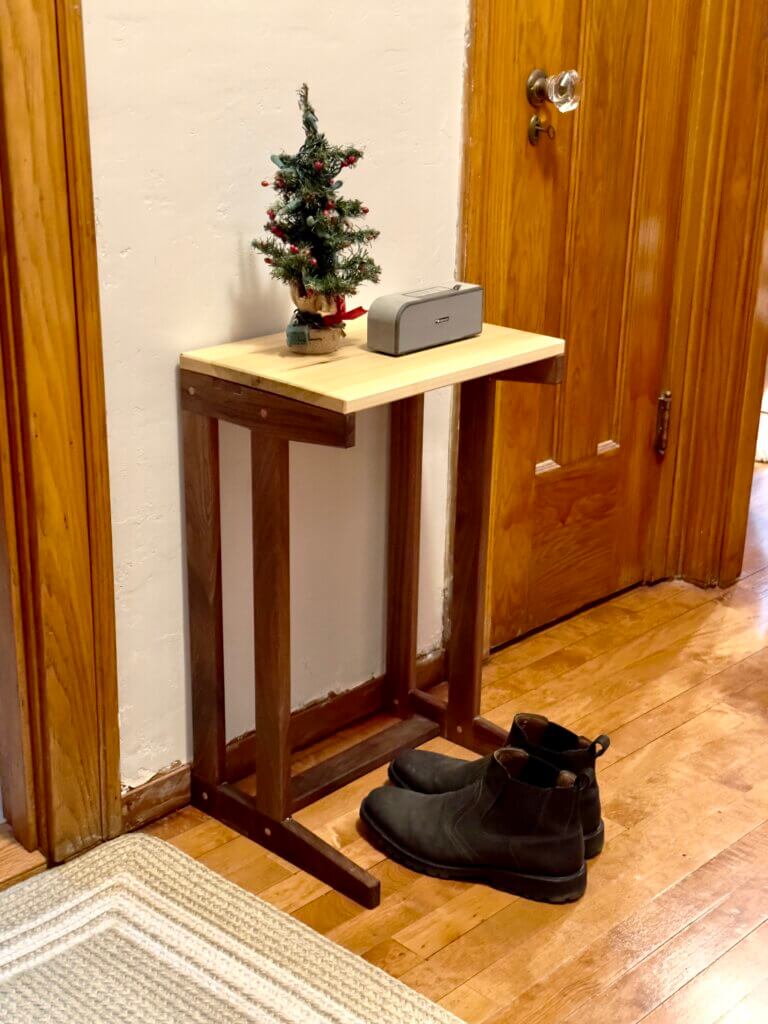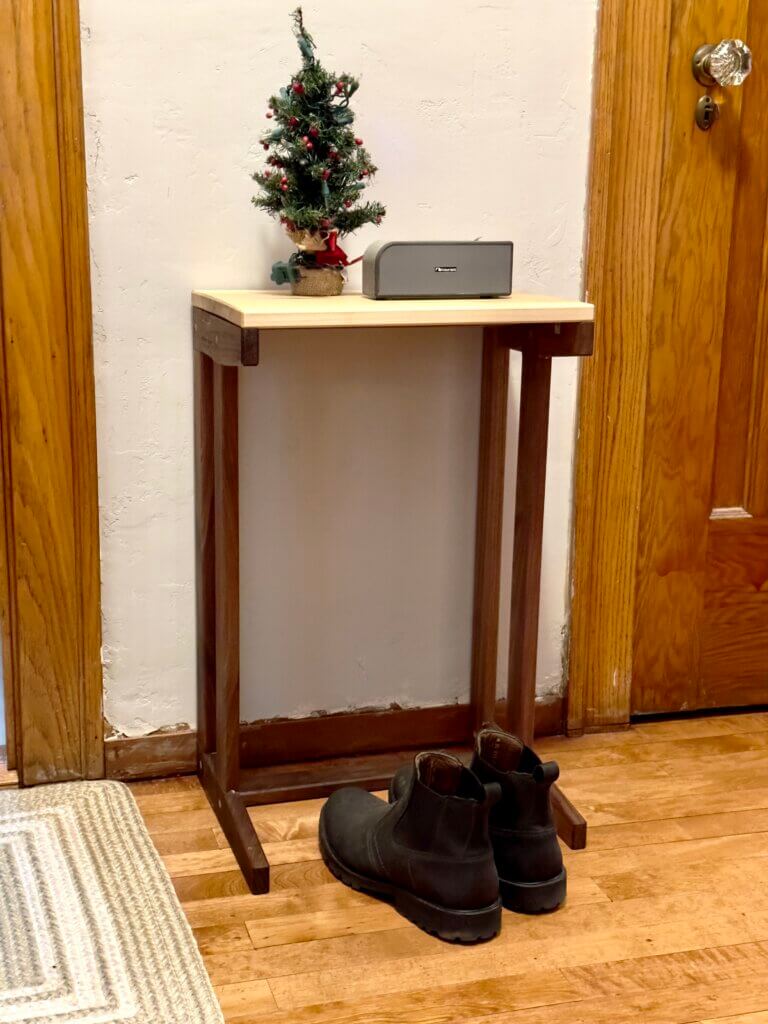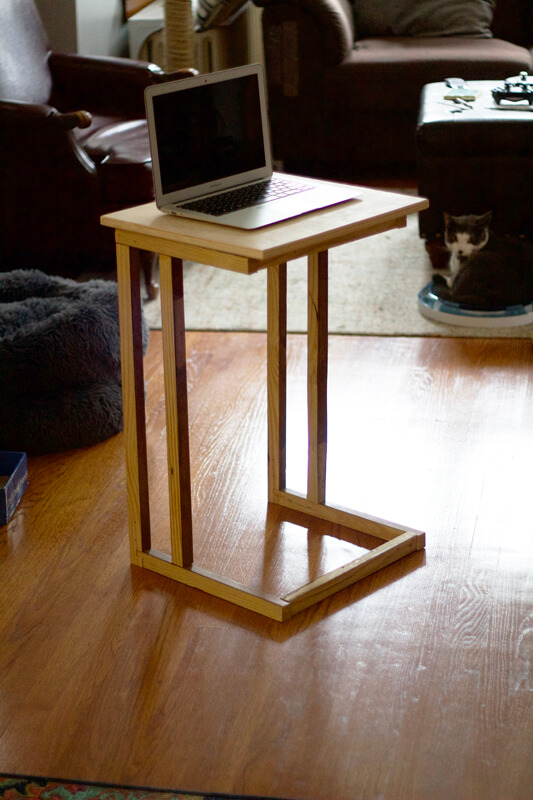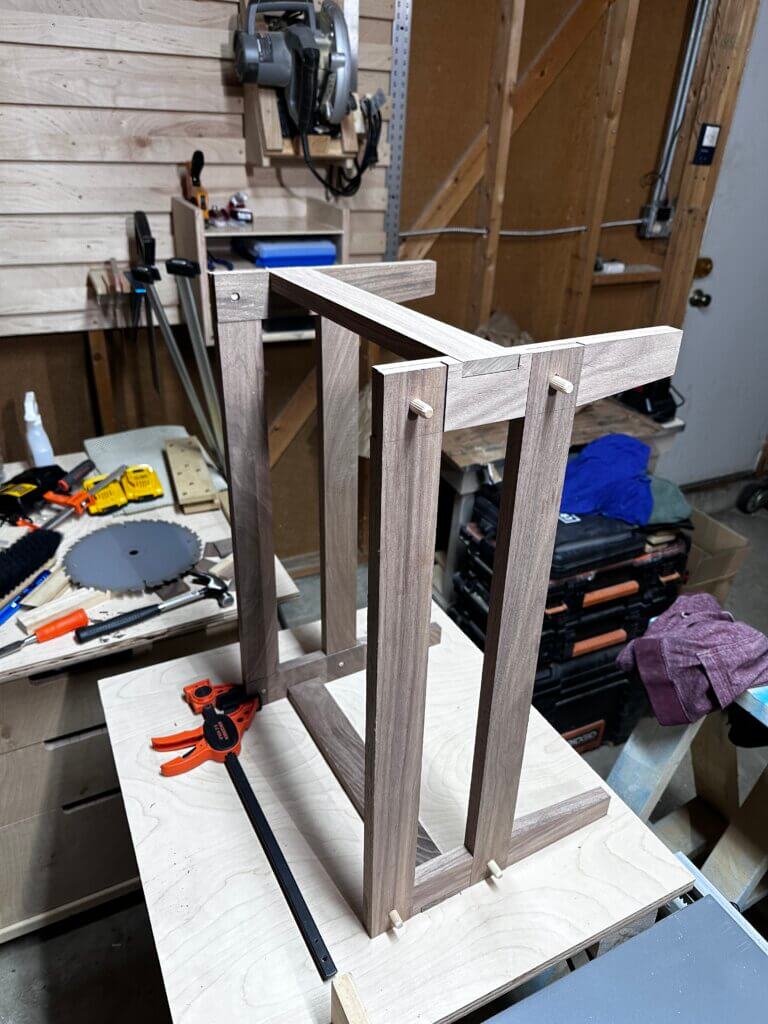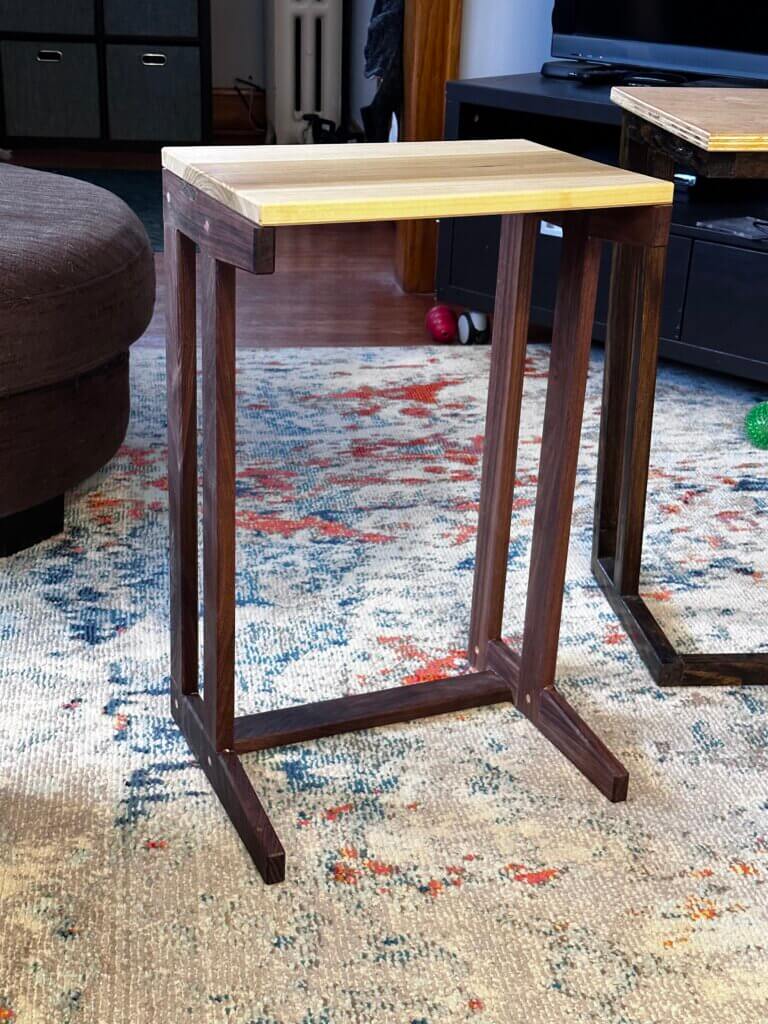Whether you’re a seasoned artisan or just dipping your toes into the sawdust-covered waters, having a reliable set of woodworking build plans can significantly enhance your crafting experience. Here’s why incorporating build plans(like the ones on my Etsy shop) into your woodworking routine is a wise move:
Clear Guidance
Let’s face it—woodworking can be complex. Build plans provide a structured path from start to finish, offering clear instructions and diagrams to guide you through each step of the process. No more second-guessing or feeling lost in the midst of a project.
Efficiency and Accuracy
Time is of the essence in any workshop. Build plans eliminate guesswork by providing precise measurements in cut lists, ensuring that every piece fits together like a puzzle. This efficiency not only saves time but also minimizes material wastage and costly mistakes.
Skill Development
Woodworking is as much about honing your skills as it is about creating beautiful pieces. Build plans offer opportunities to learn new techniques with projects of varying complexity. Whether you’re mastering joinery or experimenting with intricate designs, build plans provide a structured platform for skill development.
Confidence Booster
There’s something undeniably gratifying about bringing a woodworking project to fruition. Build plans instill confidence by offering a roadmap to success, empowering you to tackle projects that might otherwise seem daunting. With a solid plan in hand, you can approach each project with clarity and assurance.
Customization Options
While build plans provide a framework, they also leave room for personalization and creativity. Whether you want to add unique embellishments or modify dimensions to suit your space, build plans serve as a solid foundation where you can unleash your creativity and make each project your own.
Community Support
Woodworking is a communal endeavor, with enthusiasts eager to share knowledge, advice, and inspiration. By utilizing build plans, you become part of a broader community of craftsmen and women, where you can seek guidance, share your progress, and celebrate successes together.
Using woodworking build plans offer a multitude of benefits, from providing clear guidance and enhancing efficiency to fostering skill development and community engagement. Whether you’re a hobbyist or a seasoned professional, integrating build plans into your woodworking practice can elevate your craft and enrich your overall experience in the workshop.
Ready to get started? I have a few DIY plans available in my shop here!
